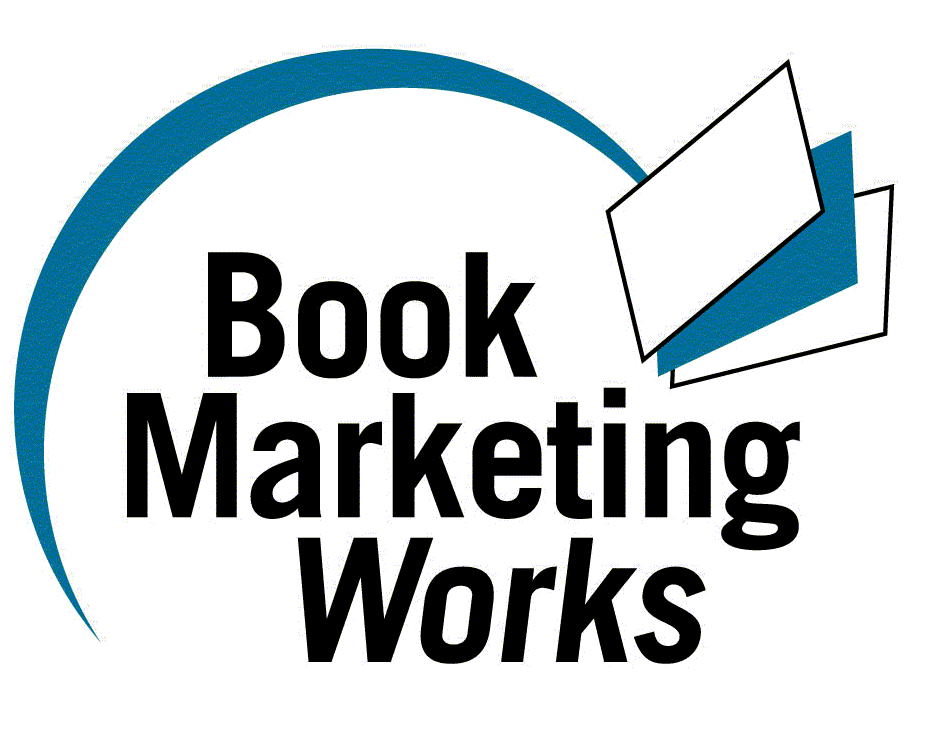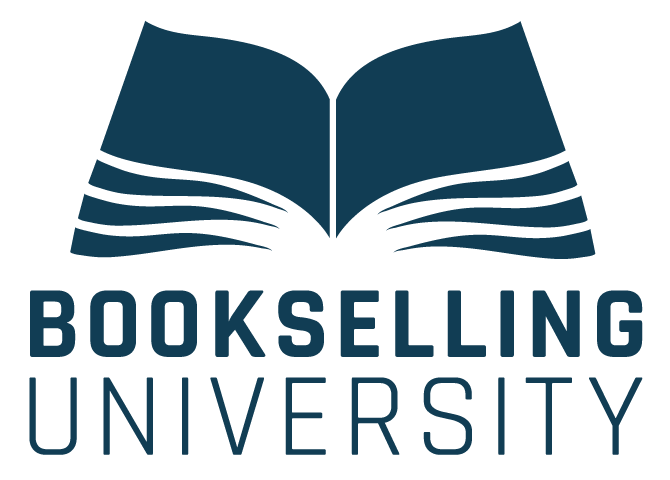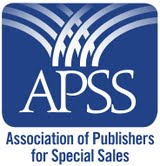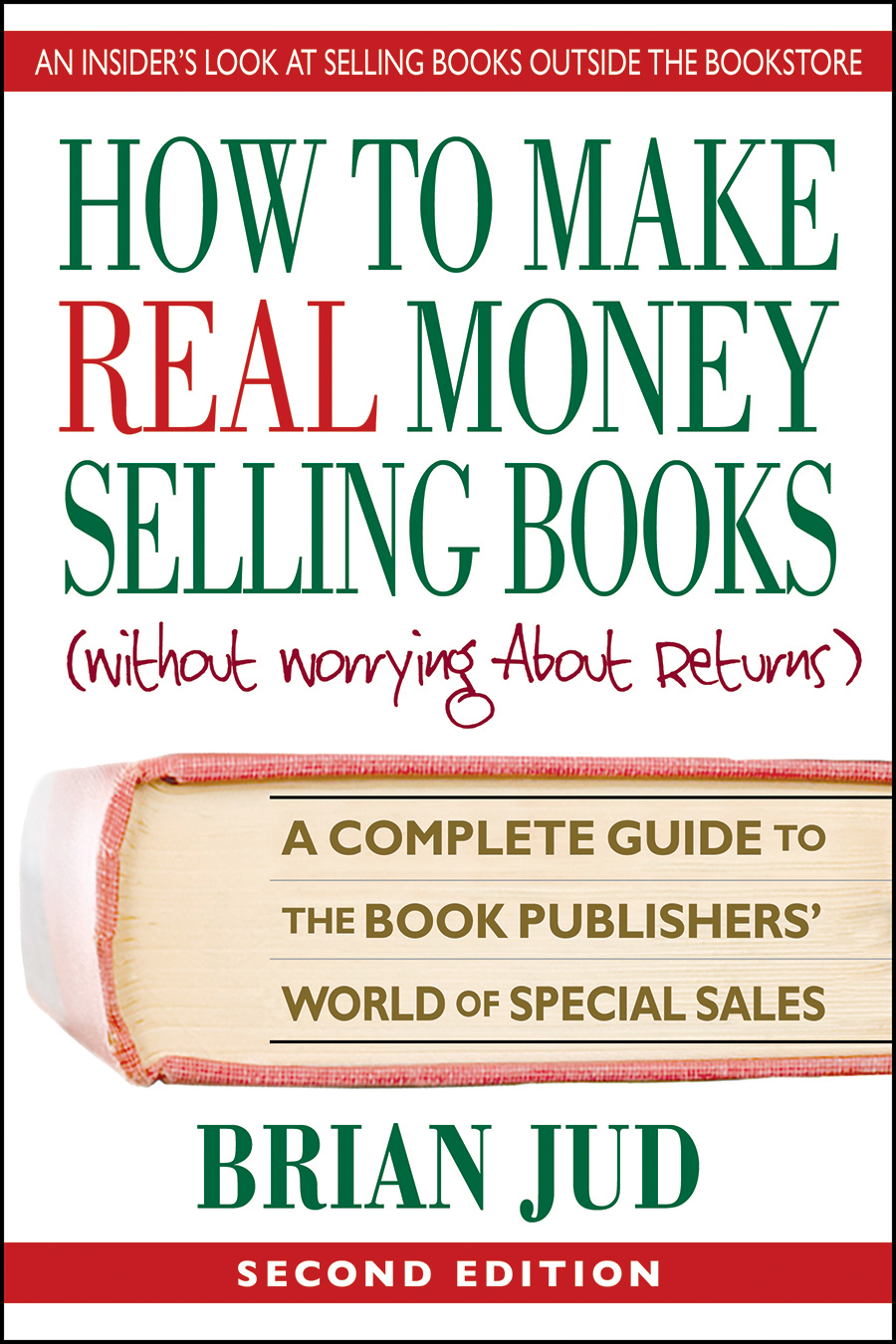|
The Point of No Returns Brian Jud Industry statistics reveal that book returns can be 30% or more of sales. If you reduce or eliminate returns then you could increase your net sales and revenue by that same amount and your profits by even more. But, you say, you have no control over returns since Ingram and the bookstores return them at will without selling them. On the contrary, there are many things that we as publishers can do to eliminate returns. The first thing to realize is that bookstores do not sell books -- they display them. Any marketing they do involves promoting major titles or special events to entice people into their stores. It is up to the authors and publishers to create awareness of their specific titles. Similarly, most distributors utilize commissioned sales representatives whose income depends on selling books that are not returned, i.e., those promoted by publishers and authors. They understandably spend their time selling those titles. Furthermore, marketing books is not simply a function of promotion. An integrated marketing mix also entails producing a saleable, properly priced product that is distributed to the right people at the right time. Promotion is a multi-faceted marketing technique that is more complex than conducting a campaign of booksignings, media appearances and press releases. It involves finding and implementing the proper and timely balance of publicity, advertising, sales promotion and personal selling. When books are marketed properly, they remain sold. A properly developed, non-returnable title is one that has a unique point of difference. That means it is demonstrably different from competitive titles in a way that is important to the marketplace. It is an adequately researched topic that meets an identifiable market need and is published with a good title, in the right size, with the most desirable binding and in the highest quality possible. Of course, it must be competitively priced. Too often publishers base their titleís price on its cost. They multiply their printing cost by eight and round it off the next highest " $ .95." On the other hand, readers do not care what your costs are. They are looking for information or entertainment and will choose the lowest priced option (that may or may not be a book) that meets their needs. A non-returnable book is priced according to its value to the reader. Appropriate distribution will reduce returns, too. Perhaps the most significant point to consider here is that books distributed to buyers outside the traditional bookstore markets are typically sold on a non-returnable basis. By marketing to these segments you can expend the same amount of effort to develop, price and promote a title but perhaps avoid the debilitating effect of returns. What are these non-traditional markets? There are three major special-sales categories. The first is Special Distribution that entails selling to discount stores, book clubs and catalogs; not only the major clubs but also those dedicated to selling books in your genre. John Palmatary marketed his book Itís AboutTime to the club at http://www.christianbookclub.co.uk as did Victoria Kinnear with her childrenís learning books to the club at http://www.kidsonlinebookclub.com. Jerry Labriola, author of Murders at Brent Institute, proved that fiction could be sold to libraries during his tour of New England.A second segment is Commercial Sales. Marketing to this target involves selling books to corporations to use as premiums, gifts or incentives. For example, Rita Ippoliti approached parachute equipment manufacturers to use her book Falling Into Place as a premium. You might also consider selling your title to associations. Mark James (www.barronpublishing.com) is currently marketing his book Estate Planning Success(tm) for Pennsylvania Residents to the National Association of Financial and Estate Planners to resell in their bookstore. The third classification is Niche Markets, or significant groups of people sharing a common interest in your title. Greg Drambour demonstrated an example of this technique by contacting spiritual centers and approaching targeted magazines and newsletters to review his book The Woodstock Bridge. A common proverb says If itís to be, itís up to me, and this is especially true in book marketing. Authors and publishers cannot rely on anyone but themselves to market their books. If we do this properly we can reduce returns and at the same time increase our revenues and profits significantly.
Brian Jud is an author and creator of the Book Marketing Battle Plansä directories for special sales. Contact Brian at P. O. Box 715, Avon, CT 06001; (800) 562-4357; brianjud@bookmarketingworks.com or visit http://www.bookmarketingworks.com
|
Check out these testimonials...





